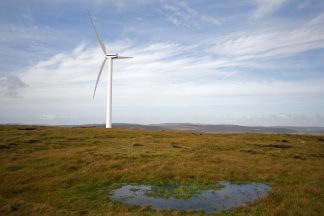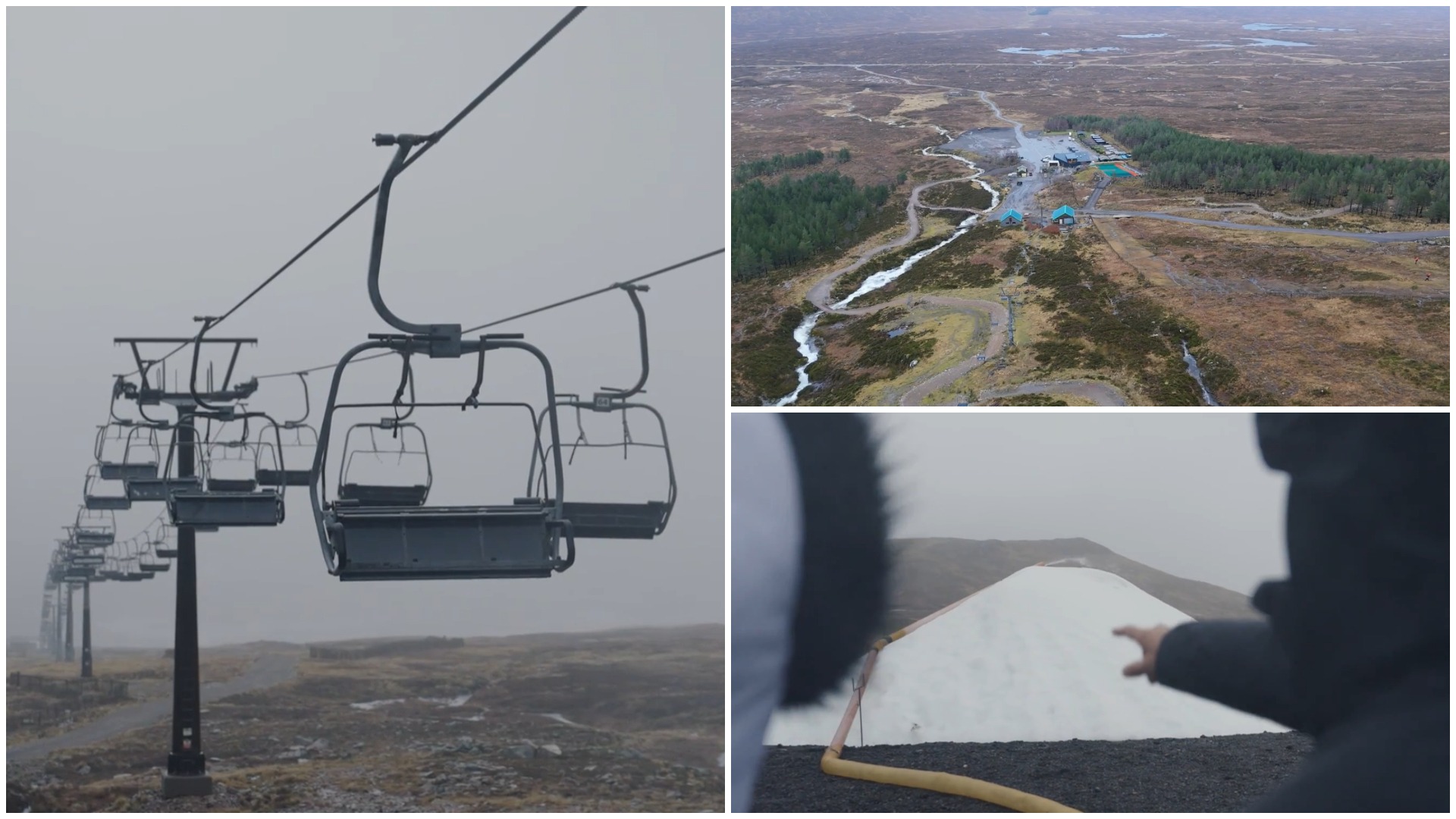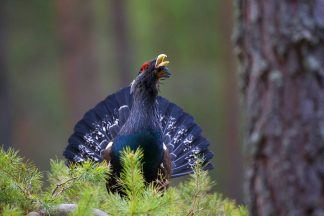Beavers are back in the Cairngorms after a 400-year absence.
Two pairs have been relocated from Tayside to separate locations along the Spey, with others to follow in the coming weeks.
There was a hushed excitement as the Cairngorms’ first beavers for four centuries made their entrance.
They seemed to settle quickly after flitting, with the help of a charity, from Tayside to Rothiemurchus on the edge of Aviemore.
The Eurasian beavers were effectively granted a ‘visa’ by the government agency NatureScot – actually a licence granted to the Cairngorms National Park Authority.
Scottish Green Party co-leader Lorna Slater was there to witness the moment.

She said: “We don’t have to continue to live in a nature-depleted, damaged state.
“We don’t keep having to listen to headlines: is this animal going to go extinct.. that habitat being lost. We can change the direction and that means nature restoration.
“That means bringing animals back. And that’s just like the beavers today being released. It’s part of that story of changing our legacy.”
While STV’s camera was allowed to capture the first release, a second release followed shortly afterwards at a secret location on a neighbouring estate.
There will be 15 releases expected in the Cairngorms park over the next few years.
The park authority maintains the creatures can help tackle climate change by “re-naturalising” the landscape.
But the reintroduction of a species once hunted to extinction in the UK has been controversial with some farmers, crofters and anglers.
Worried farmers and crofters have been guaranteed compensation if their fears of the creatures destroying floodbanks become reality.
Grantown farmer Robert Macdonald said: “It’s basically the fact that they could turn the Spey Valley back into a flood plain eventually, and when we see the damage that’s being done in Tayside by the beavers I think that’s quite a real possibility.”
Park chiefs are optimistic nature lovers will keep a respectful distance to give the newcomers time to settle.
Cairngorms National Park Authority chief executive Grant Moir said: “We’re absolutely aware that as well as all the positives around beavers they can have impacts in places and we want to make sure we’ve got the right scheme in place.
“So, we’ve got an enhanced scheme of mitigation within the national park including making sure that we’ve got a scheme around floodbanks.
“We’ve listened to people. We’ve tried to make sure we’ve got the right scheme in place and we’ll work with them to implement that over the coming weeks, months and years.”

Roisin Campbell-Palmer of the Beaver Trust charity said: “If you’ve got highly modified catchments that are very intensive agriculture… yes, you’re going to see impacts there.
“But we look around landscapes here… I think beavers are going to melt into the background.
“You might have localised issues but we’re working with the national park to mark sure mitigation and coexistence is key in all of this.”
A “beaver trail” will open in due course, leading visitors to the picturesque lochan at Rothiemurchus where the first two were relocated.
Follow STV News on WhatsApp
Scan the QR code on your mobile device for all the latest news from around the country


























